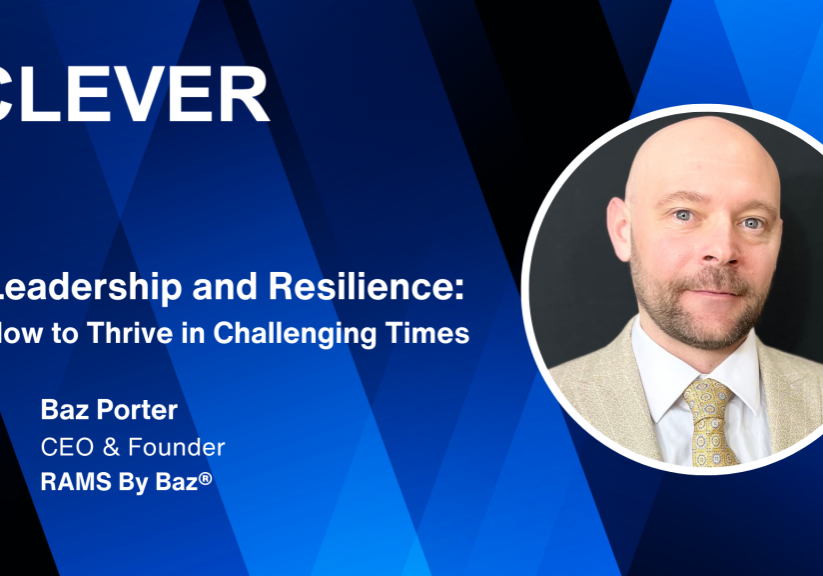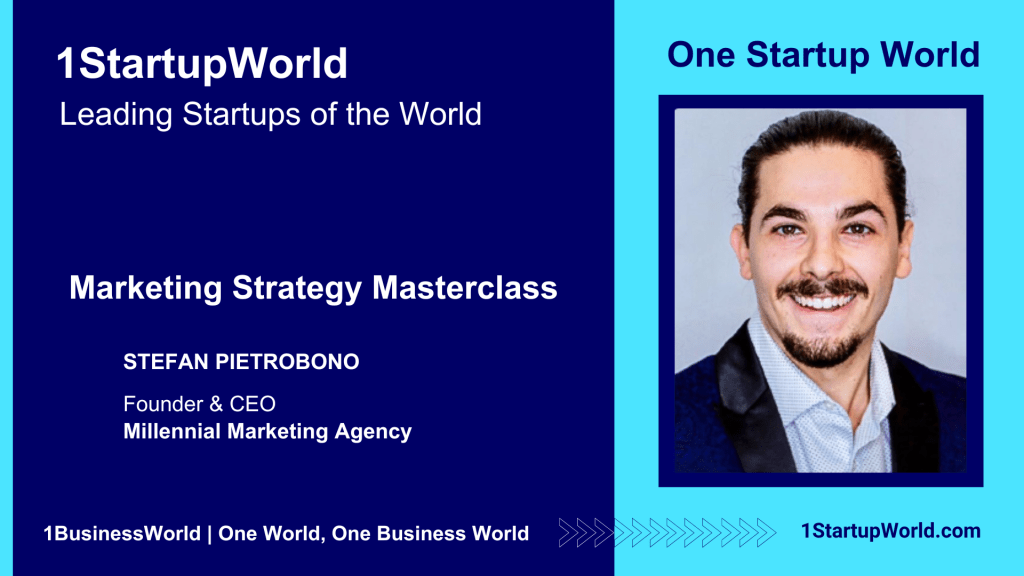

Apple leaders need deep expertise, immersion in details, and collaborative debate. (Part 2 of 3)
This is part 2 of 3
Part 1–The Functional Organization: https://youtu.be/5hENFA3CJUY
Part 3–Leadership at Scale: https://youtu.be/hczW4Bqf3Qk
Ever since Steve Jobs implemented the functional organization, Apple’s managers at every level, from senior vice president on down, have been expected to possess three key leadership characteristics: deep expertise that allows them to meaningfully engage in all the work being done within their individual functions; immersion in the details of those functions; and a willingness to collaboratively debate other functions during collective decision-making. When managers have these attributes, decisions are made in a coordinated fashion by the people most qualified to make them.
———————————————————————
At Harvard Business Review, we believe in management. If the world’s organizations and institutions were run more effectively, if our leaders made better decisions, if people worked more productively, we believe that all of us — employees, bosses, customers, our families, and the people our businesses affect — would be better off. So we try to arm our readers with ideas that help them become smarter, more creative, and more courageous in their work. We enlist the foremost experts in a wide range of topics, including career planning, strategy, leadership, work-life balance, negotiations, innovation, and managing teams. Harvard Business Review empowers professionals around the world to lead themselves and their organizations more effectively and to make a positive impact.
Sign up for Newsletters: https://hbr.org/email-newsletters
Follow us:
https://hbr.org/
https://www.linkedin.com/company/harvard-business-review/
https://www.facebook.com/HBR/
Tweets by HarvardBiz
https://www.instagram.com/harvard_business_review












